We reserved a site at Fort De Soto County Park near St Petersburg, Florida for one of our first camping experiences in the time of Covid-19. Reservations were made on-line and check-in was completely contactless. We drove directly to our reserved site where this permit was taped to the power box. As first timers, we were pleased with how smooth the system worked.
St Christopher Key hosts the campground where most of the sites have water views and water access.
A window in the mangroves allowed us to glimpse a variety of waterbirds or it provided a way for the birds to watch the silly humans.
Palm trees and scrub provide screening between sites.
Mullet Key is the main island of the park. True to the name, we spotted lots of mullet jumping in the bay between islands.
Checking out the rest of our loop, we watched boats and birds come and go from the waters surrounding the campground.
Viewing sunset from our site required peeking through a gap in the mangrove trees. After enjoying the sky, we surrendered the outdoor space to the resident mosquito population and beat a hasty retreat to our van.
Morning brought low tide and a parade of water birds like this Great Blue Heron.
First on the beach, still up from his or her nightly wanderings, was this Yellow Crowned Night Heron
Black cormorants occupied a nearby island revealed at low tide while white pelicans floated in a distant line
A juvenile white ibis dropped in for morning tidbits on the tidal flat. Not used to seeing juveniles, I was confused by what looked like a stork with a curved beak.
Swimming wasn’t recommended from the campground shore. Who knows what might be lurking in the deep holes?
Taxi service to two islands in the park is provided by pontoon boat. Open sides allow lots of airflow to keep virus from spreading.
Heron wading in search of fish weren’t bothered by a sailboat anchored just outside of the channel.
After breakfast and cleaning up, we walked around the campground looking for open sites. Unfortunately, there weren’t any available on the water, so we secured the van for travel.
A paved bike trail runs from the blue dot of the campground south to the beaches on Mullet Key.
Just because we couldn’t spend another night didn’t preclude us from exploring the rest of the park. Our camping permit got us into the main part of the park on Mullet Key without having to pay the $5 day pass fee. Picnic shelters and restrooms here are reminiscent of flying saucers from 1950’s science fiction movies.
Social distancing wasn’t difficult on Mullet Key’s northernmost beach. It may be different on weekends, but Monday morning was delightfully uncrowded.
Fifty-five cents of a sand dollar was one of our few shelling finds on a rising tide.
Wading birds were active where water met the sand.
US Coast Guard birds flew overhead from the nearby base in Clearwater.
After exploring the north beach we drove seven miles to the opposite end of the key. In addition to an open area great for flying kites, the beach there offers a good view of the Sunshine Skyway bridge carrying I-275 between St Petersburg and Bradenton.
I didn’t want to leave without finding the Fort in the park’s name. Returning to the central part of the island, we found the remaining big guns used to defend the entrance to Tampa Bay during the Spanish American War. These 1890 mortars could shoot a 12 inch diameter shell almost seven miles.
Within sight of the artillery crews, personnel in data buildings, like this one, tracked incoming ships. Targeting instructions were posted on large sign boards.
Construction of Fort De Soto began in 1898 two years before the twenty-nine buildings making up the fort opened in 1900. Fort De Soto was a unit of the larger Fort Dade on nearby Egmont Key.
Walls made of shells, dirt, rocks, and cement disguised and protected the big guns from incoming fire. A small museum is inside the wall, but we decided to skip it during the pandemic.
Climbing to the top of the wall provided a peaceful view of an anchored boat and the Gulf of Mexico.
Fishing piers can be accessed from the same parking lot used to visit the fort.
Fort De Soto was a lovely park with something for everyone. Next time we come we’ll pack the bicycles and maybe even bring a kayak.
Full service campsites on the water here are $45.77 per night by the time sales and tourist taxes are added.
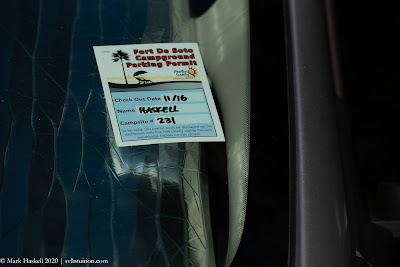
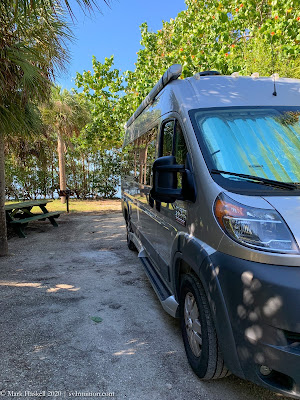
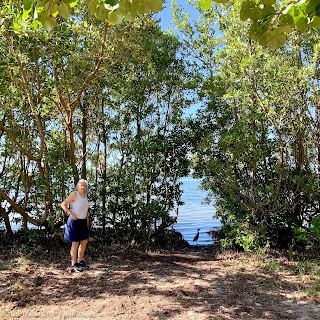
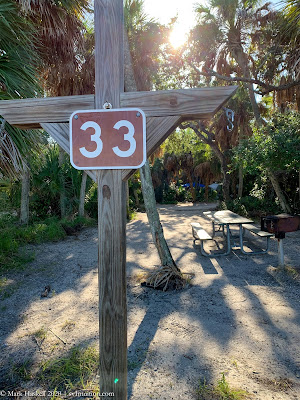
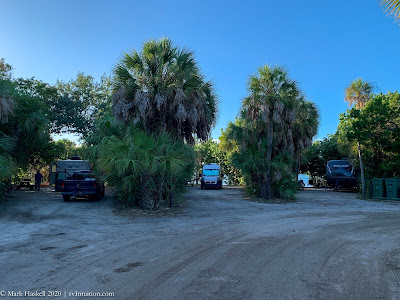
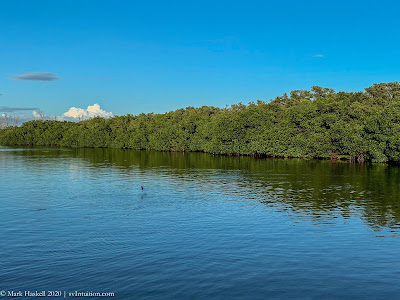
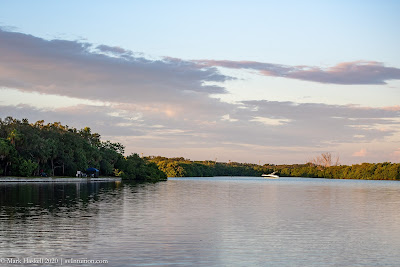
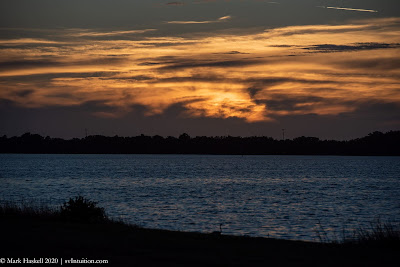
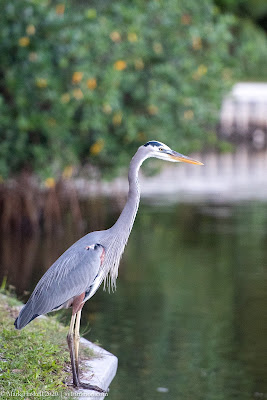

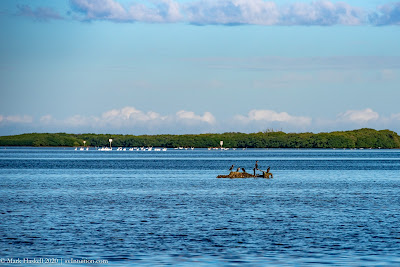
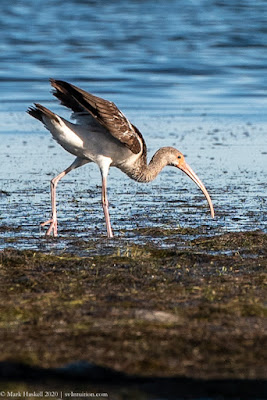
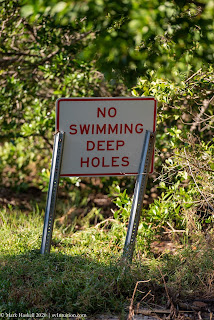
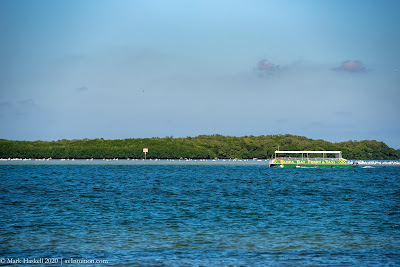
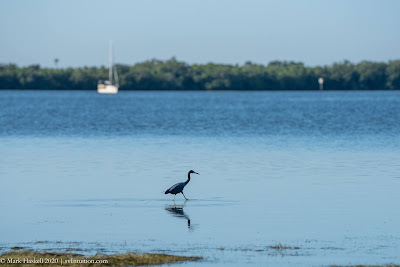
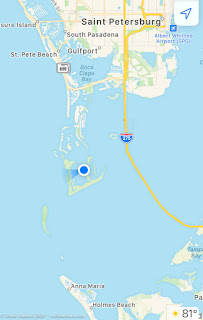
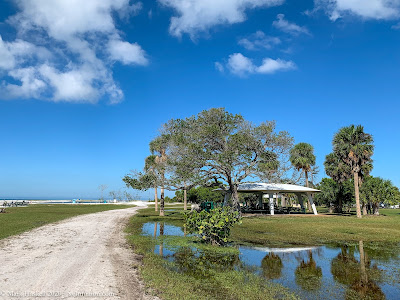
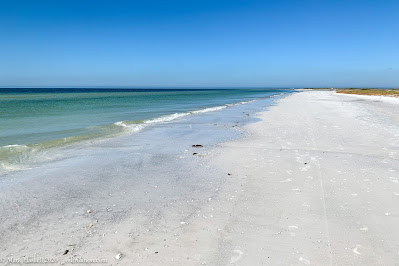
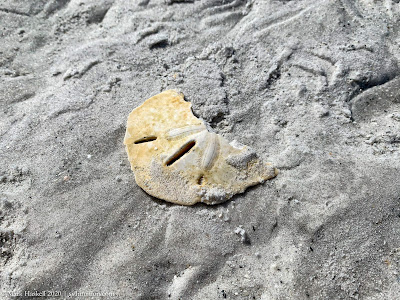
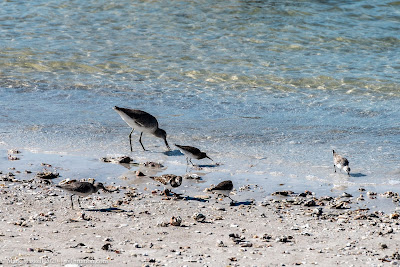
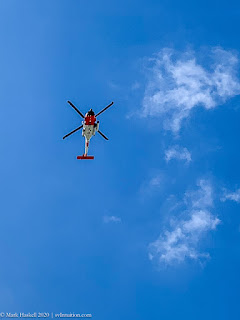
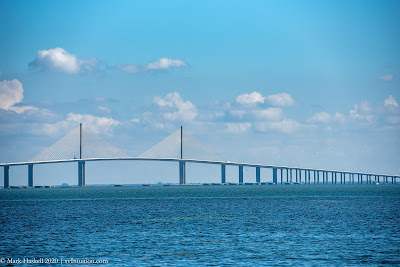
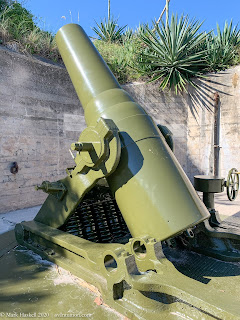
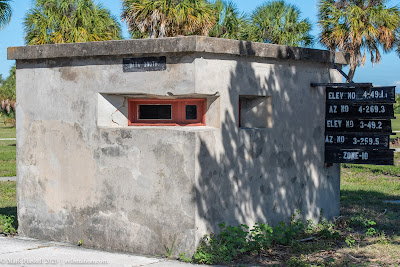
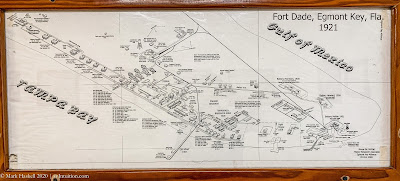
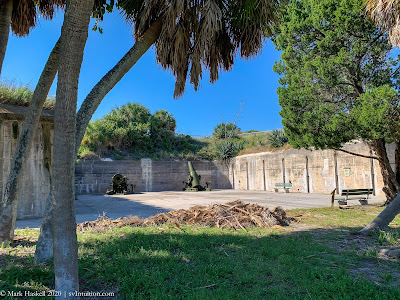
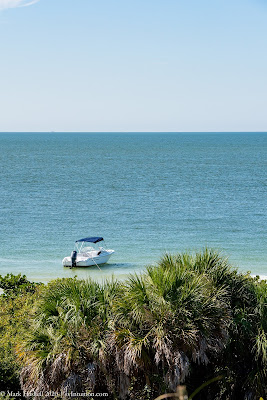
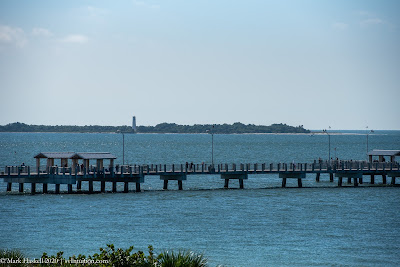
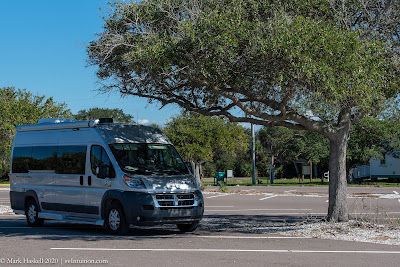
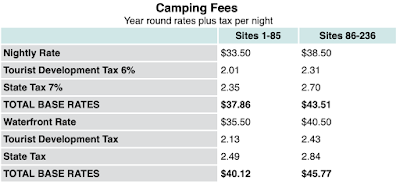
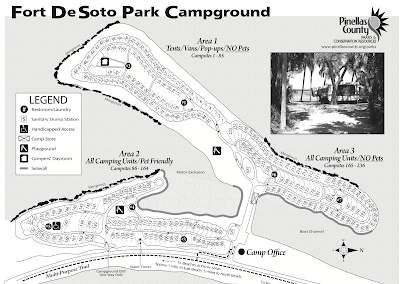
Leave a Reply